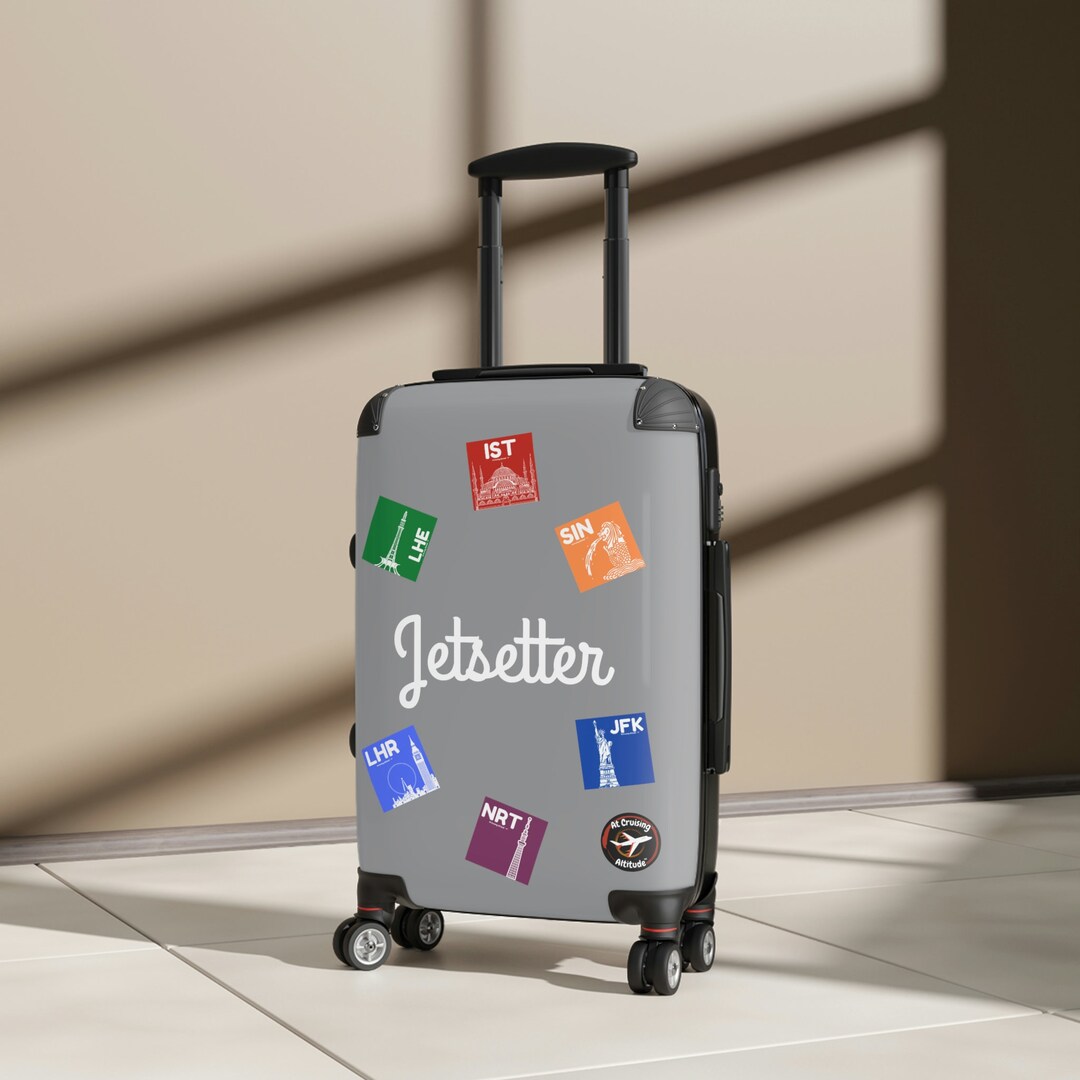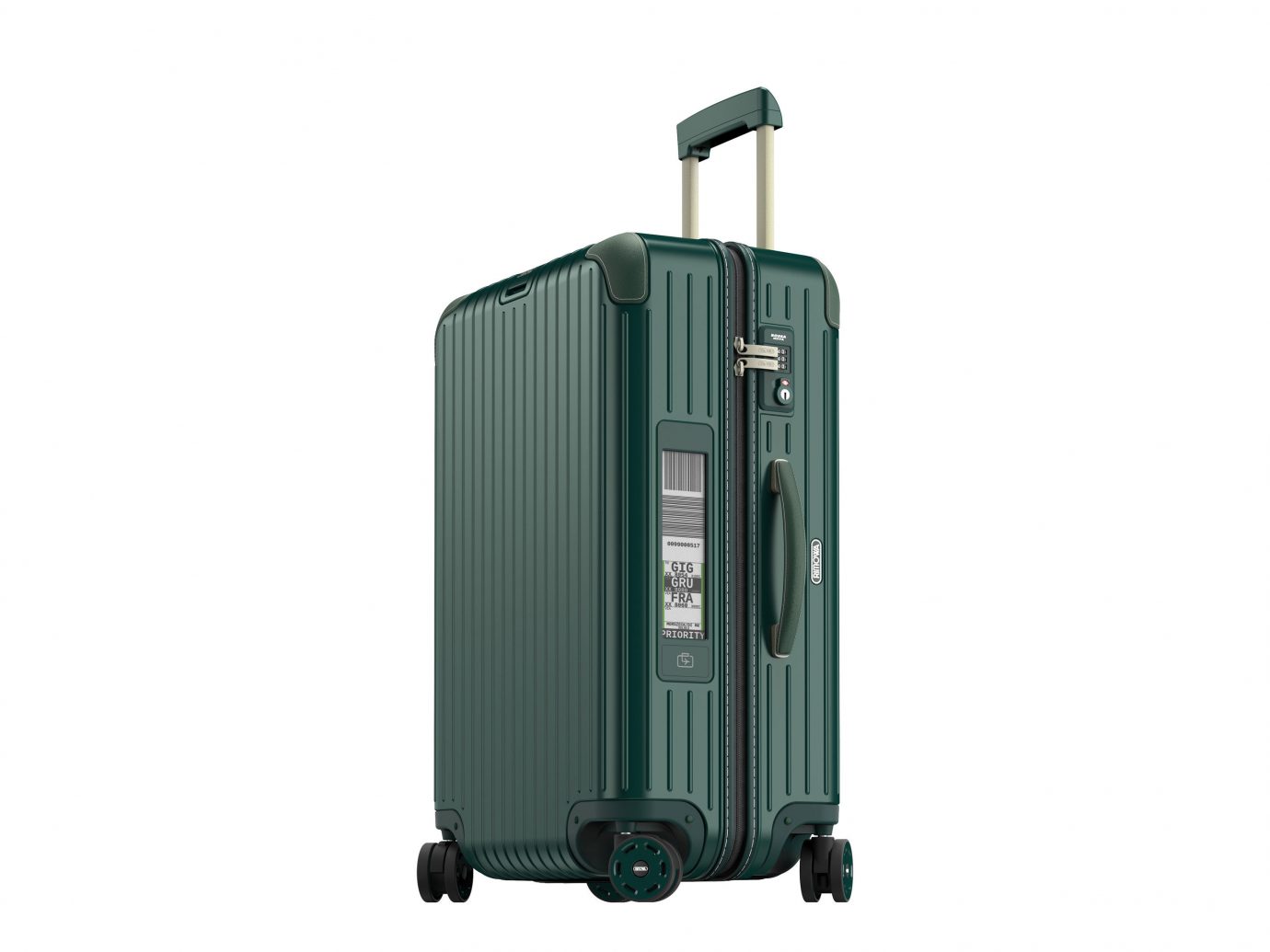The Journey of Travel Companions: From Vintage to Vanguard, the Evolution of the Suitcase
In the bustling world of travel, where every journey tells a story, the humble suitcase stands as an enduring symbol of mobility and adventure. From its earliest iterations to the modern marvels of today, the evolution of suitcases reflects not only changes in design and functionality but also shifts in societal norms and technological advancements. Let’s embark on a journey through time, tracing the transformation of reisikohvrid from vintage relics to vanguard travel essentials.
The Birth of Travel Convenience: Early Suitcases
In the annals of history, the concept of a portable container for travel can be traced back to ancient times. However, it wasn’t until the late 19th century that the modern suitcase, as we know it, began to take shape. Early versions were typically crafted from wood or leather, featuring sturdy handles and metal hardware. These suitcases were bulky and heavy, reflecting the luxury and leisure associated with travel during that era.

The Golden Age of Travel: Suitcases as Status Symbols
During the early to mid-20th century, travel underwent a transformation, becoming more accessible to the masses. Suitcases evolved alongside this cultural shift, with luxury brands like Louis Vuitton and Gucci introducing stylish and sophisticated designs. These suitcases were not just functional items but also status symbols, showcasing one’s wealth and taste. With the rise of air travel, suitcases became lighter and more streamlined, catering to the needs of globetrotters exploring new horizons.
Innovations in Material and Design: The Modern Suitcase
As the 20th century progressed, innovations in materials and design revolutionized the suitcase industry. Lightweight materials such as aluminum, polycarbonate, and ballistic nylon replaced traditional heavy materials, making suitcases more durable and easier to maneuver. Features like wheels, telescopic handles, and built-in locks further enhanced convenience and security for travelers. Moreover, the introduction of spinner wheels and expandable compartments offered unprecedented versatility, allowing travelers to navigate airports and hotel lobbies with ease.
The Digital Age: Smart Suitcases and Tech Integration
In the digital age, suitcases have embraced technology, ushering in a new era of smart luggage. From built-in GPS tracking and USB charging ports to biometric locks and remote locking systems, these futuristic suitcases are designed to cater to the needs of tech-savvy travelers. Some models even come equipped with Bluetooth connectivity and companion apps, allowing users to monitor their suitcase’s location and receive real-time updates on travel conditions. With these innovations, suitcases have become more than just containers for clothes; they are intelligent travel companions that streamline the journey from packing to arrival.

Sustainability and Ethical Practices: A Growing Concern
In recent years, there has been a growing emphasis on sustainability and ethical practices within the luggage industry. Many companies are now using eco-friendly materials and manufacturing processes to reduce their environmental footprint. Additionally, there is a growing demand for fair labor practices and transparency in the supply chain. As consumers become more conscious of the impact of their purchases, the future of suitcases lies in brands that prioritize sustainability and social responsibility.
Conclusion:
From its humble beginnings as a utilitarian container to its status as a symbol of style and sophistication, the suitcase has undergone a remarkable evolution. As we look to the future, the journey of the suitcase continues, guided by innovation, sustainability, and the ever-changing needs of travelers. Whether vintage or vanguard, the suitcase remains an indispensable companion on the road less traveled, a testament to the spirit of exploration and adventure that defines the human experience.
